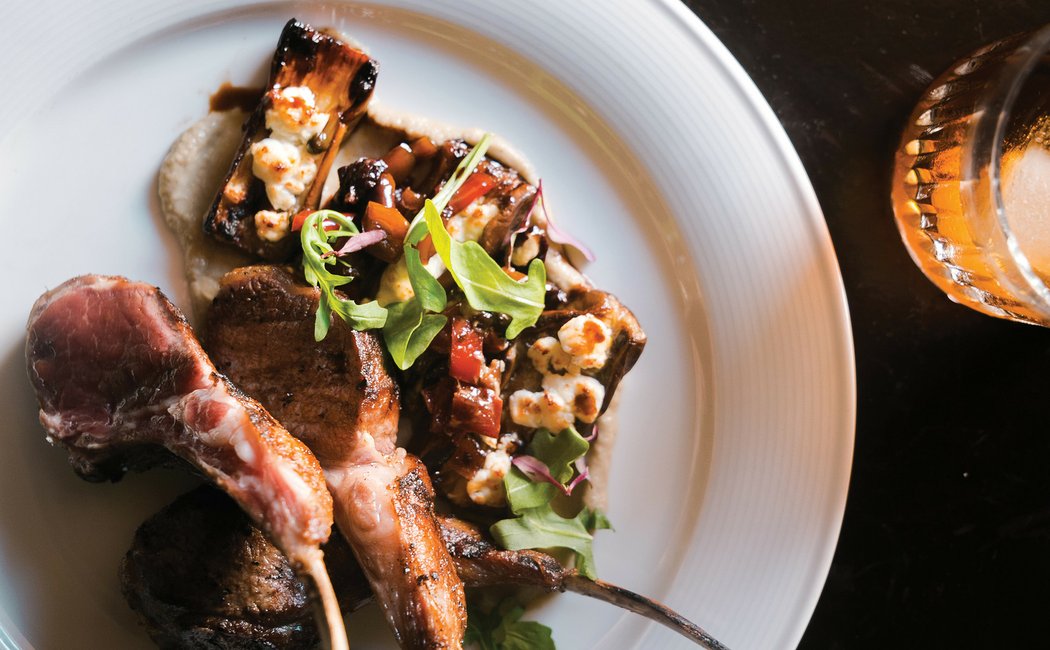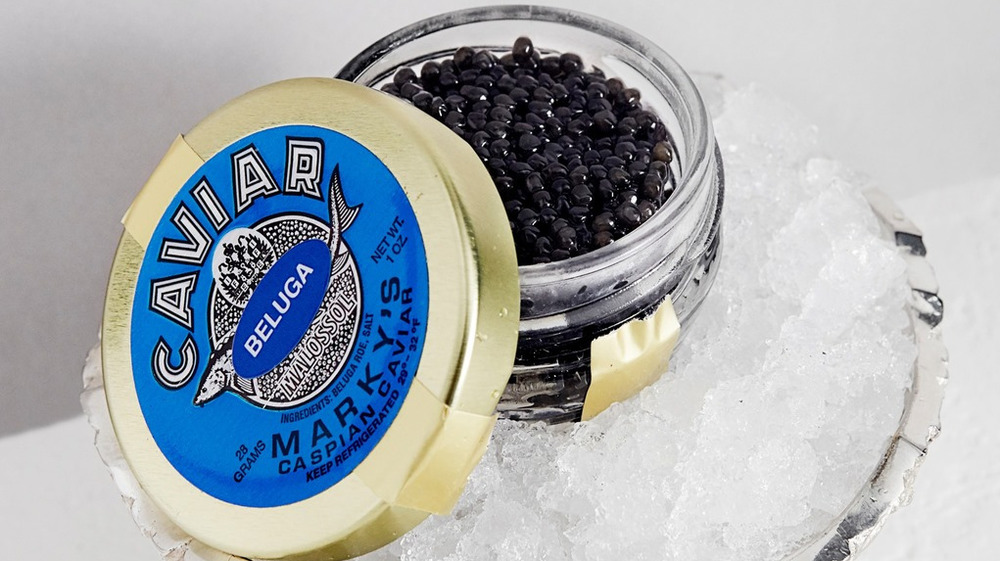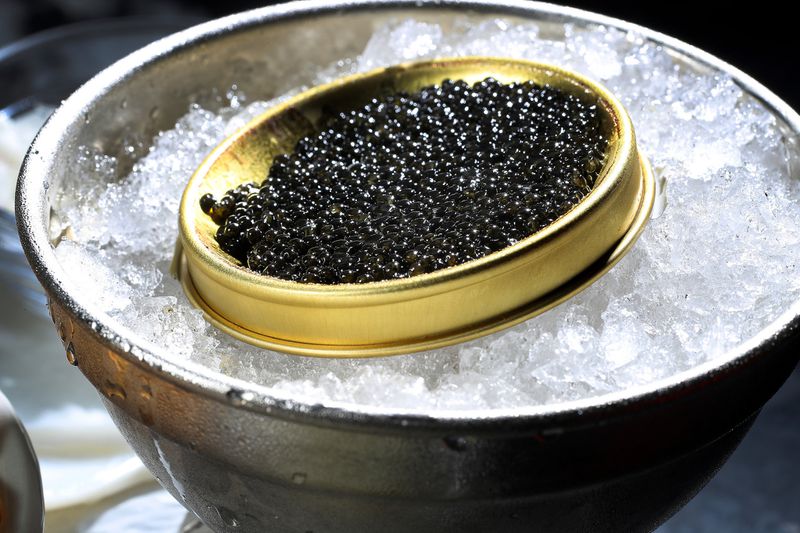The role of bacteria and mold in shaping the flavor and texture of cheese
Cheese is a beloved food that has been enjoyed for centuries. From cheddar to gouda, brie to blue, there is a wide variety of cheeses available, each with its own unique flavor and texture. But have you ever wondered what gives each cheese its unique characteristics? The answer is bacteria and mold.
Role of Bacteria and Mold in flavor and texture
Bacteria and mold play a crucial role in shaping the flavor and texture of cheese. During the cheese-making process, specific types of bacteria and mold are added to milk to ferment it and create the desired flavor and texture. These microorganisms break down the lactose in the milk, releasing lactic acid which helps to coagulate the milk and form curds. The different types of bacteria and mold used in the cheese-making process will affect the flavor and texture of the final product.

For example, a cheese like cheddar is made using a combination of bacteria such as Streptococcus thermophilus and Lactococcus lactis. These bacteria work together to produce a tangy, sharp flavor and a firm texture. On the other hand, brie is made using a different combination of bacteria, including Penicillium candidum. This mold gives brie its characteristic soft texture and nutty, buttery flavor.
Role of Bacteria and Mold in the aging process
Additionally, bacteria and mold also play a role in the aging process of cheese. As cheese ages, the bacteria and mold continue to grow and ferment, giving the cheese a stronger flavor and a different texture. For example, a young cheddar will have a milder flavor and a softer texture compared to an aged cheddar which will have a sharper flavor and a firmer texture. Similarly, a young blue cheese will have a milder flavor and a softer texture compared to an aged blue cheese which will have a stronger, more pungent flavor and a crumbly texture.

It's also important to note that not all bacteria and mold are created equal. Some are desirable, such as the mold used in blue cheese, while others can be harmful. Pasteurization of milk and proper aging and storage of cheese can help prevent the growth of harmful bacteria and mold.
Conclusion
In conclusion, bacteria and mold play a crucial role in shaping the flavor and texture of cheese. From the types of bacteria and mold used during the cheese-making process to the aging process, these microorganisms have a significant impact on the final product. The next time you enjoy a delicious piece of cheese, take a moment to appreciate the hard work of these tiny microorganisms that have helped create its unique characteristics.
Another important aspect to consider is the role of terroir in shaping the flavor and texture of cheese. Terroir refers to the environmental factors that affect the taste and character of a food, such as the climate, soil, and local flora and fauna. For cheese, this can include the type of pasture that the cows or goats graze on, as well as the local microorganisms present in the environment. These factors can greatly influence the flavor and texture of the cheese.
For example, a cheese made from the milk of cows that graze on wildflower-rich pastures will have a different flavor profile compared to a cheese made from the milk of cows that graze on a more monoculture pasture. Similarly, a cheese made in a region with a specific type of mold present in the environment will have a different flavor and texture compared to a cheese made in a region without that type of mold.
In addition to traditional cheeses, there are also artisanal and farmstead cheeses that are made by small-scale producers using traditional methods. These cheeses often reflect the unique characteristics of the region and the producer, making them truly one-of-a-kind. Artisanal and farmstead cheeses are becoming increasingly popular among food enthusiasts who are looking for a unique, authentic taste experience.
In summary, the role of bacteria and mold in shaping the flavor and texture of cheese is undeniable, but it's not the only aspect to consider. The environmental factors, such as the terroir, also plays a crucial role in shaping the cheese's characteristics. This highlights the importance of supporting small-scale, traditional cheese producers who work to create unique, authentic and high-quality cheeses that reflect their region and their craft.






